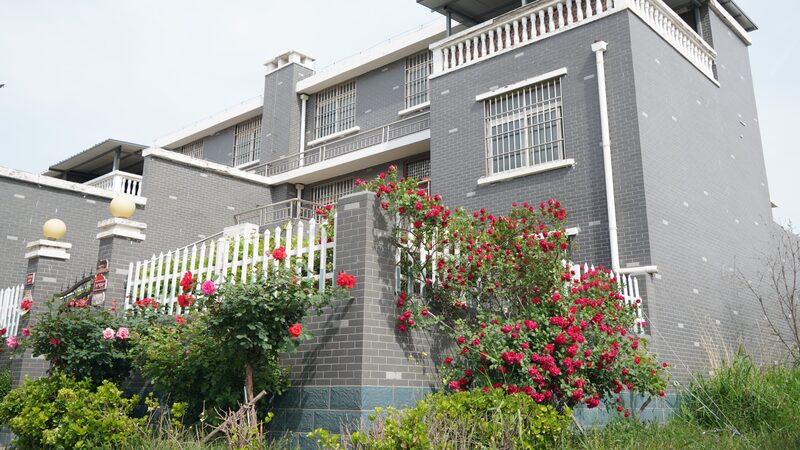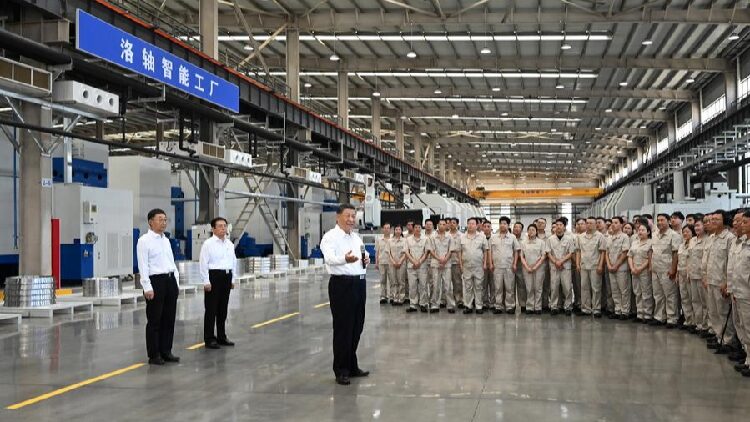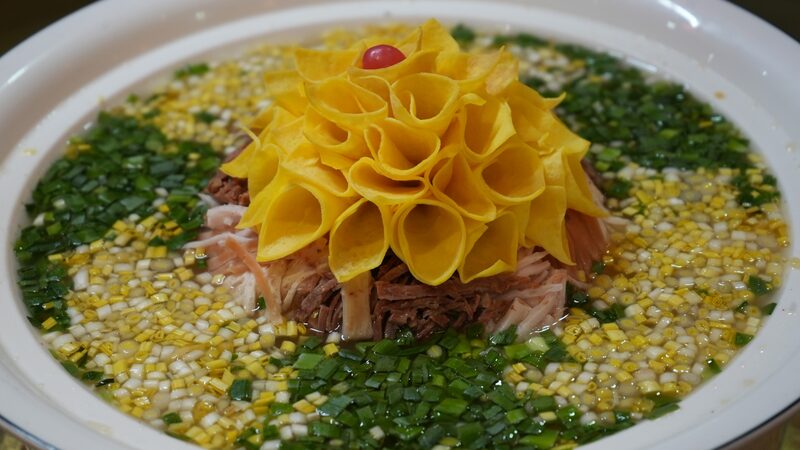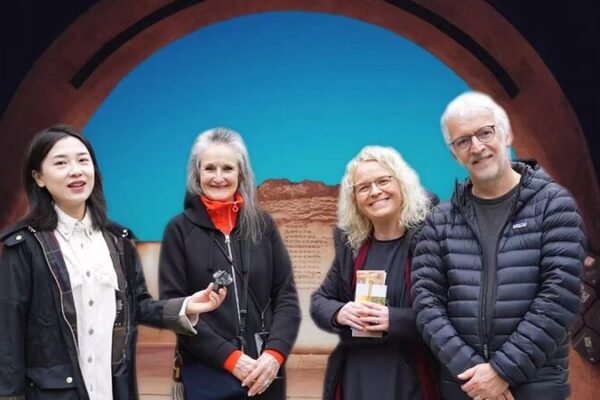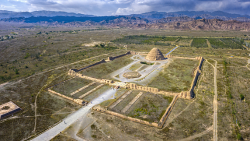Madu Village, nestled on the southern bank of the Yellow River in Jinshui District of Zhengzhou, Henan Province, stands as a shining example of cultural preservation and rural revitalization in China.
With a history spanning over 900 years, Madu Village boasts a rich cultural heritage deeply rooted in local folklore and traditions. Central to its identity is the legendary tale from the late Northern Song Dynasty, where Emperor Zhao Gou was miraculously ferried across the Yellow River by a ‘mud horse’—a story that has been passed down through generations and remains a cornerstone of the village’s cultural heritage.
In recent years, the village has undergone a remarkable transformation. Embracing China’s initiatives for ecological protection and high-quality development along the Yellow River, Madu Village has focused on improving infrastructure, enhancing the living environment, and introducing technological and cultural innovations. The integration of Yellow River culture with contemporary rural development has breathed new life into the community.
Visitors to Madu Village are greeted by orderly courtyards, lush green fields, and tree-lined paths that crisscross the landscape. Traditional architecture stands harmoniously alongside modern facilities, showcasing a successful blend of the old and the new.
The village’s commitment to sustainable development has not only improved the livelihoods of its residents but also turned Madu Village into a rising star among Yellow River communities. By preserving its rich history while embracing modern advancements, Madu Village offers a powerful example of rural rejuvenation in China.
Reference(s):
cgtn.com
